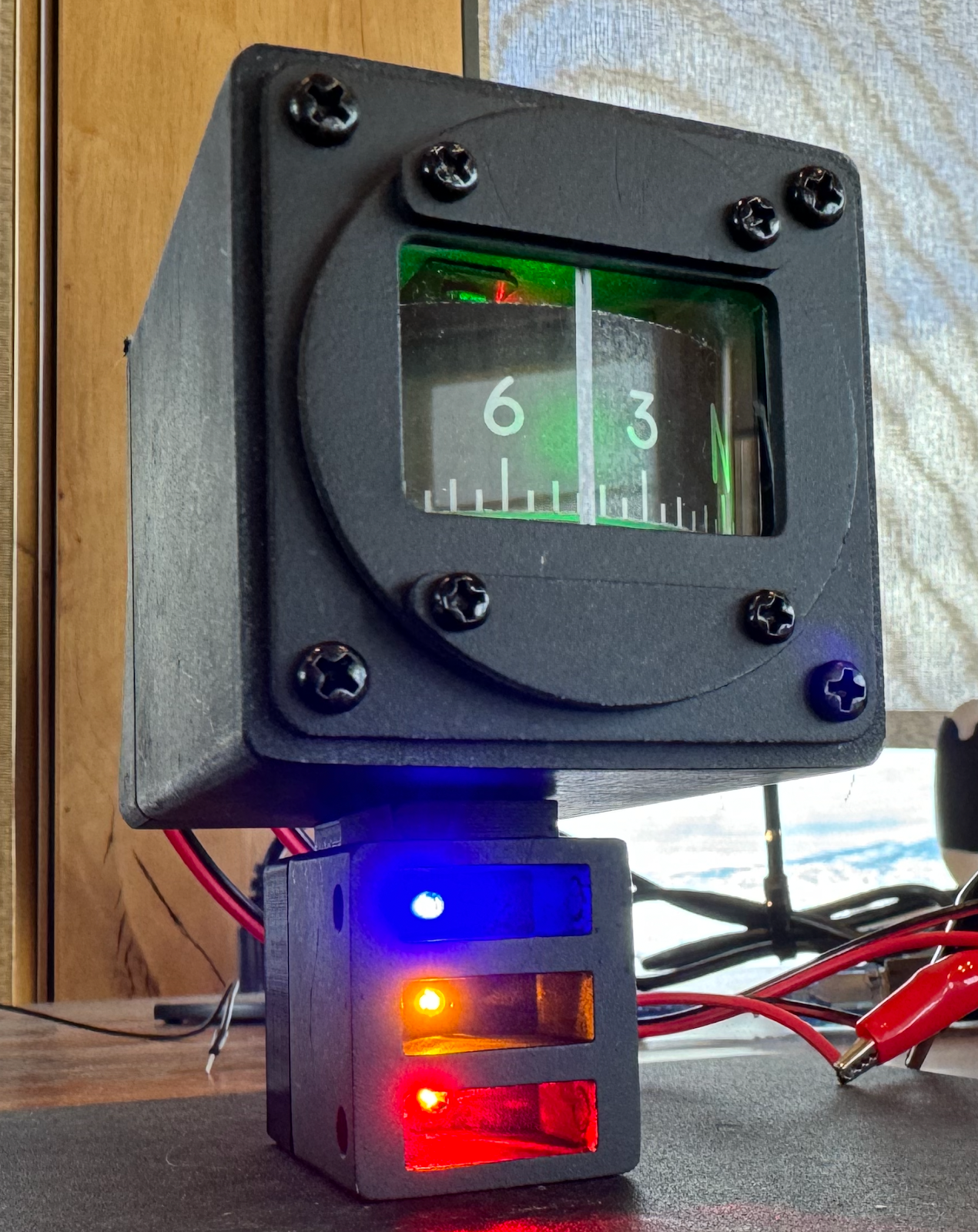3rd lesson toward complex endorsement
Today I spent another hour getting acquainted with the Piper pa28r-200.
I got the chance to fly with my old IFR instructor, Charles, which was nice because I got another perspective on things.
It was yet another hazy day, with 5 miles visibility and no horizon to speak of. We did a power-off stall, a few steeps turns (where my holding of altitude left something to be desired), and an emergency gear extension. We finished the lesson with 2 landings (the last one being just a hop around the JGG pattern).
Here are some of the notes I have taken during my first 3 lessons:
Airplane specific notes:
I got the chance to fly with my old IFR instructor, Charles, which was nice because I got another perspective on things.
It was yet another hazy day, with 5 miles visibility and no horizon to speak of. We did a power-off stall, a few steeps turns (where my holding of altitude left something to be desired), and an emergency gear extension. We finished the lesson with 2 landings (the last one being just a hop around the JGG pattern).
Here are some of the notes I have taken during my first 3 lessons:
Airplane specific notes:
- 200 horsepower (more right rudder than usual)
- airspeeds are on MPH - just treat it like a number, don't try to work in kts
- Vx - 85 (96 gear up)
- Vy - 95 (100 gear up)
- Best glide - 95 (105 if have auto-gear extender)
- Vr - 70
- Va - 131 (120 with 2 people)
- Vfe - 125
- Vlo (landing gear operation - raising) - 125
- Vle (extending gear OK below) - 150
- Emergency gear extension max - ~95
- Uses electrohydraulic pump to move gear
- Landing pattern power settings (prop full forward) - DW - 15", Base - 12"
- Climb power - 25 squared (25" manifold, 2500 RPM prop)
- Cruise - 24 squared
- airplane does not glide well - want to know where you will land with a loss of power? Throw a rock out the window and you'll land just past where it does.
- Fuel pump stays on during start procedure
- gear are held in place by hydraulic pressure
- electrical failure will take gear lever with it
- if you don't get 3 green lights as expected, check a few things before doing the emergency extension - circuit breaker, panel lights off (when on the lights are too dim to see in sunlight), master switch on
- if one light is not coming on, swap it with one that is to see if it is the bulb
- emergency extension - check above first, then slow to 95 and hold down extension button/lever. This will let gravity drop the gear to the locked position (you hope)
- You only have one shot with this emergency extension method
- landing on 0 wheels better than landing on 2 or 1 since it is less likely to cause a cartwheeling crash
- If you have to land without wheels, turn off the engine - try to pulse the starter to level the prop (2 blade) but don't let this distract you at all from making a good soft field landing
- hard pavement runway better than grass for wheels up landing - no obstructions and much less likely the cartwheel
- Don't let the RPMs drop below 1500 when testing the prop during the run-up
- will get a "gear unsafe" warning light and horn if 14" or less of manifold pressure and gear is up, 20 degrees of flaps and gear is up, or gear handle is up when there is weight on the wheels
- RPMs should always be higher than manifold pressure to avoid damage to crankshaft and other parts
- Confirm gear down on each leg of pattern - also associate changing the flaps with checking the gear
- a tight traffic pattern is your friend
- do not change the airplane's config when in motion on the ground, stop first
- always visually confirm the item (lever, handle, etc.) you want to change before moving it
- GUMPS (Gas - pump and tank, undercarriage - gear, mixture - rich, prop - full forward but avoid overspeed by having IAS slow enough), switches and seat belts - lights, etc.
- Switch tanks just after start to test other tanks feeding - DO NOT switch just before takeoff as you could be running on fuel in the lines for a few minutes and then have no more fuel coming in on takeoff
- Switch tanks after first 30 minutes, then each hour thereafter
- If you run a tank dry you might not remember to try the other tank and you could even cause vapor lock that would prevent fuel from feeding from the other tank
- Ground effect more pronounced on low wing aircraft


Comments